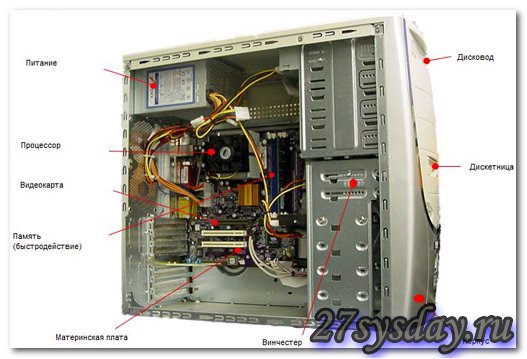Computer structure in pictures. The computer has firmly entered our everyday life. Some people would rather not have a TV, but a computer will definitely be in a visible place. And there is nothing surprising in this, because on a computer you can watch a movie and good music listen, and even earn serious money.
Some people create masterpieces on their computers that are simply breathtaking. Some people sell their work online, some create custom websites and plugins for them, some edit videos, slide shows, presentations, etc.
For photographers in general, a “golden age” has arrived. Well, if you know how to create a course on any topic (after all, they search for EVERYTHING on the Internet), then selling your knowledge for good money will not be difficult. Of course, not everyone can earn money this way, but what or who is stopping you from buying a computer, studying some course on Photoshop, slide shows, creating a website, and your future and the future of your children is secured.
And if you are good at cars, plumbing, gardening, or assembling furniture with your own hands, then share your experience with people who also want to learn this. And all you need to do is create your own video course or write an electronic one. And if you also have your own website, then your opportunities and chances of earning money increase hundreds of times. In short, I gave you the direction of using the computer at least 30%, and then everything depends on your imagination and perseverance.
But in any case, first you need to master the computer so as not to be afraid of it, but to make friends with it, and get the maximum benefit from this friendship for yourself and your loved ones.
What does computer consist of
Let's start with the fact that the entire computer can be roughly divided into four main groups.
- System unit;
- Information display tools;
- Means of manipulation;
- Peripherals.
System unit , this is the most important thing in a computer. It can be compared to the torso and head. Can you imagine such a monster with a cool brain? It is in the processor that all calculations and information processing take place. This is not a simple device. We will look at what it consists of later.
Information display tools This is, of course, a monitor. Someday we may not need it, but we have not yet learned to receive information only through signals. It is on the monitor that we see information processed by the processor, in a language we understand, namely in pictures, numbers, and letters.

Means of manipulation (not to be confused with means mass media). These include a keyboard, mouse, game joystick, steering wheel, etc. It is with the help of these means that we give commands to the computer, and the means of manipulation translate these commands into machine language, which is understandable to the computer. Yes, the computer has its own language that only a programmer can understand.


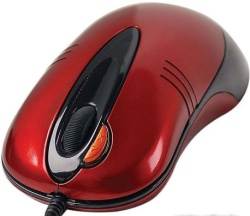
Peripherals - these are devices that have their own control, but operate according to commands from the system unit. Such devices include equipment such as a modem and other external storage devices. A computer can do without them, but for us such devices make life much easier.
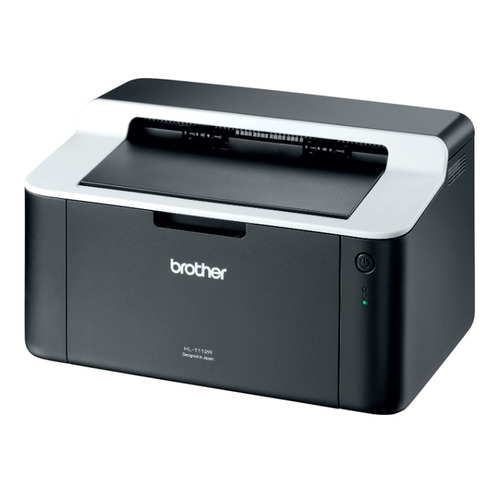
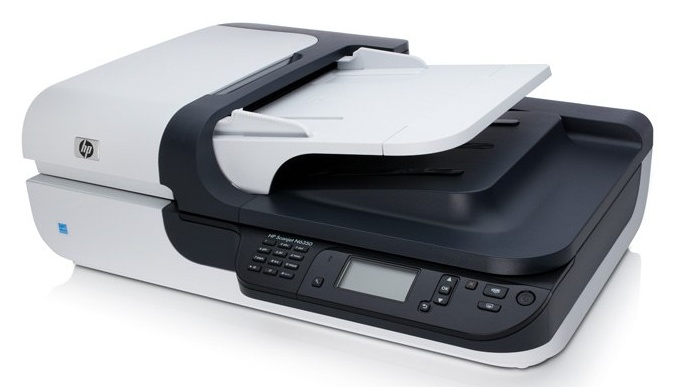

System unit device:

- Motherboard - the largest and most important board inside the system unit. This is where everyone else connects. computer devices which it supplies with power and exchanges information with them. Devices located in the processor unit are connected to motherboard using special connectors. These connectors are called buses. The speed of the computer depends on the bus speed.
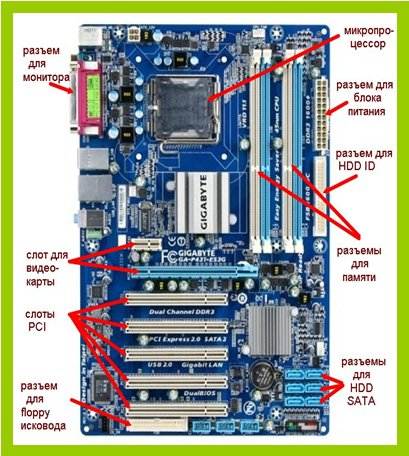
- - This is the brain of the computer. It is he who performs all logical operations. The speed of the computer depends on its speed and frequency.
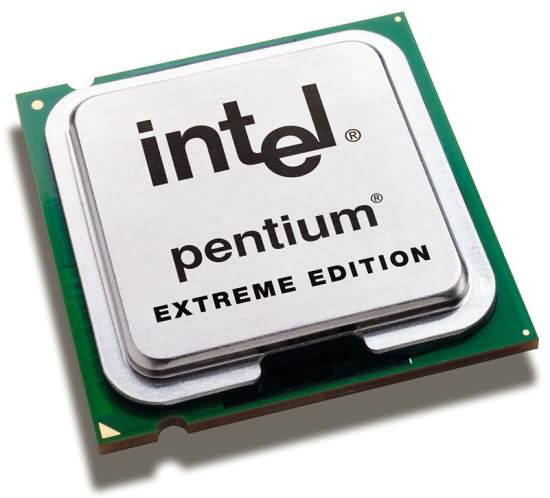
- serves for temporary storage of data. All this data is stored in it only while the computer is turned on. As soon as the computer is turned off or restarted, the memory is cleared. From volume and speed random access memory depends on the speed of the computer.
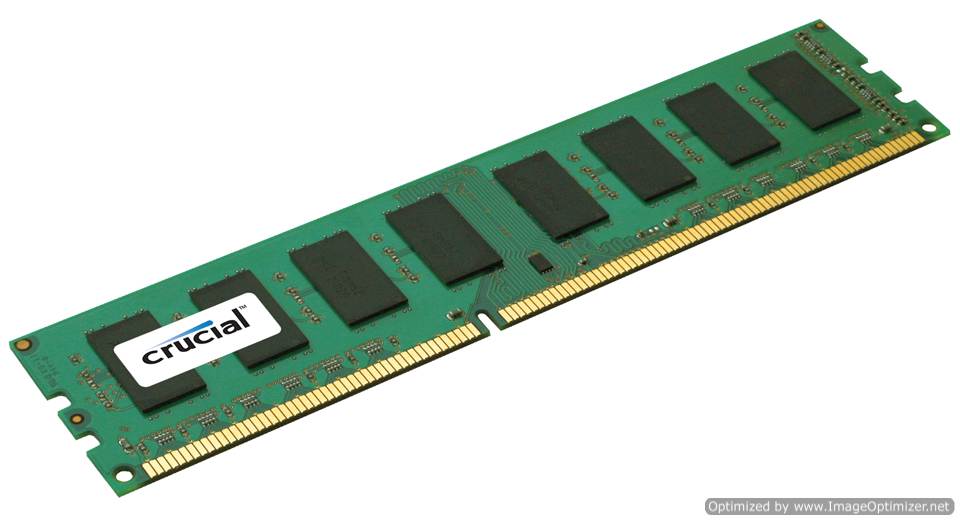
- (or as it is also called - hard drive)– used to store information. So that you can store your data (folders and files) on it, HDD you need to format and install an operating system on it (Windows, Linux, etc.). And only after installation operating system you can install other supporting programs, such as Office, browsers (programs for working on the Internet), Photoshop, etc.

- – a board designed to process video signals that are transmitted to the monitor. Without this board we will not see anything on the screen. A modern video card has its own microprocessor and its own RAM. The larger the memory and the higher the frequency of the video card microprocessor, the better the image and the faster the picture changes. This is especially noticeable in cool games. The video card can be built into the motherboard or on a separate board.
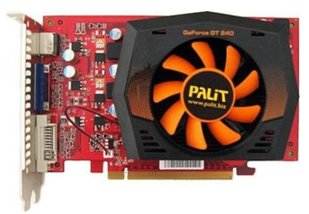
- Sound card - This is a board for processing audio signals. Many modern computers already have it built into the motherboard.
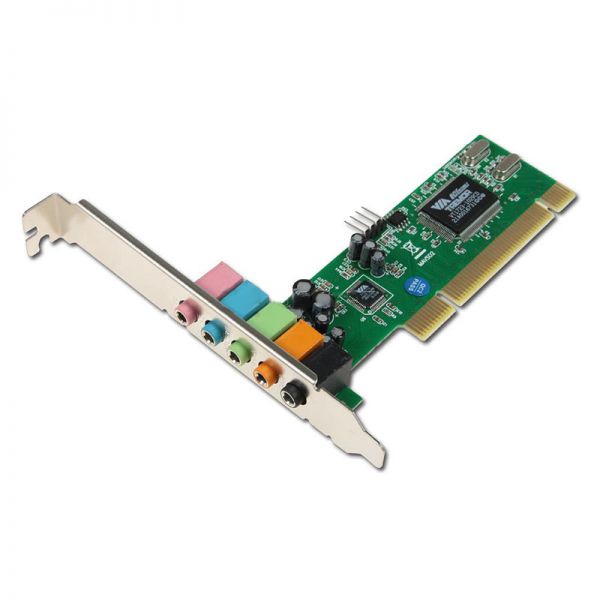
The computer occupies an important place in human life. The evolutionary process that gave rise to modern computers was and remains very fast and dynamic. Statistical scientists have even established a pattern that processor frequency doubles every 18 months! So what is a computer and how did it come about?
The history of the computer (Latin computo - I think) is closely connected with attempts to facilitate and automate large volumes of calculations. Back in 1833, the English mathematician Charles Babbage expressed the basic ideas that formed the basis for the operation of a computer. In the USA in 1943, the American Howard Aiken created a massive computer called Mark-1. Its capabilities made it possible to perform calculations hundreds of times faster, and were used for military calculations.
But electromechanical relays worked very slowly and unreliably, and starting in 1943 in the USA, a team of developers led by John Mauchly and Presper Eckert designed the ENIAC computer using vacuum tubes.

In the 40s and 50s, computers were powered by vacuum tubes. This resulted in large size, high cost and unreliability. They occupied large halls and were accessible in few places.
But the invention in 1948 of transistors, miniature electronic devices that later replaced vacuum tubes, revolutionized the entire technology.
The size of the computer was reduced hundreds of times and their reliability increased.
With the advent of transistors, the most difficult operation became connecting and soldering transistors for electronic circuits. Then, in 1959, Robert Noyce (the founder of Intel) developed a method that made it possible to create transistors and the necessary connections on a single silicon wafer. These electronic circuits came to be called integrated circuits (chips). Burroughs released the integrated circuit computer in 1968, and Intel began producing memory integrated circuits in 1970. In 1974, based on the Intel-8008 microprocessor, it was developed Personal Computer, which performs all the functions of a large computer, but is designed for one “user”.

In the late 1970s, two non-Intel processors were especially popular. These are the Z-80 processors developed by Zilog and the 6502 from MOS Technologies.
Computer IBM PC/AT
Due to progress in development microprocessor technology Intel (a constant partner of IBM) has mastered the production of new version processors - Intel 80286. The new IBM PC model is called IBM PC/AT (Personal Computer/Advanced Technology). The performance of this system has more than doubled. The system was equipped with floppy disk drives, hard drive with a capacity of 40 MB and higher, the PC bus was expanded to 16 bits.
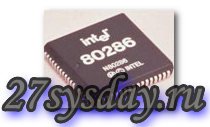
PS/2 computer
The presence of a large number of competitors forced IBM developers to abandon the principle of “open architecture”. The next family of IBM PC models became known as PS/2 (Personal System 2).
This system was made completely incompatible with the first generation in hardware terms, but remained compatible at the software level. This model used a new bus architecture - microchannel (Micro Channel Architecture, MCA). Which made it possible to refuse third-party manufacturers.
Computer PC 386
The PC model based on the Intel 80386 microprocessor (PC 386) was no longer developed by IBM, but was developed by Compaq. This PC was already capable of multitasking and multi-user mode. Soon, IBM also released a computer of a similar class as an improved model of the PS/2 family. But hopes for microchannel, closed technology were not realized. In first place among the PC 386 models (in 1989) was the Compaq DeskPro/386 microcomputer.

Pentium computer
In 1993, with the introduction of the Pentium® microprocessor (80586), computers began to interact with the attributes of the “real world” - sound, voice speech, photographic images. The word Pentium® was present everywhere - in TV shows, comics, etc., and soon entered almost every home.
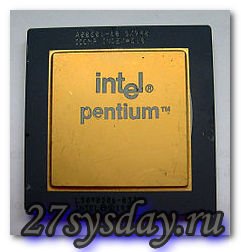
The Pentium® Pro processor, released in 1995, was designed to improve the performance of 32-bit server and workstation applications. Pentium® Pro processors were equipped with a second cache memory chip, which further increased performance. The Pentium® Pro had 5.5 million transistors.
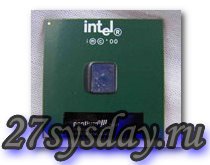
For budget PCs, a simplified version was developed - Celeron. AMD Corporation was able to create worthy competition for the Pentium series starting in August 1999. The Athlon series processors competed with the Pentium III and IV. Soon the Duron series processors appeared. They were distinguished by lower price and availability. Subsequently, technology improved very quickly, and productivity increased many times over. Computers with multi-core processors appeared.
A multi-core microprocessor is a central microprocessor that contains two or more computing cores located on one processor chip or in one package.
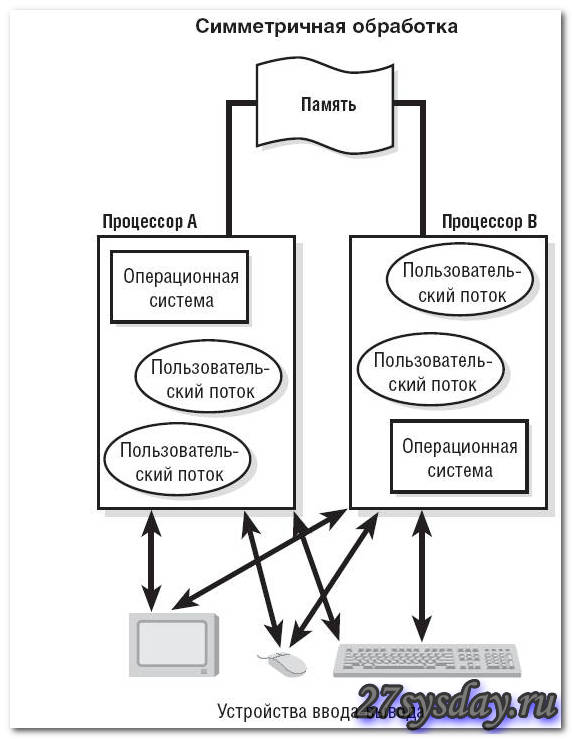
Intel has now released the second generation of Core I series processors, together with the new 6 series of chipsets for LGA 1155 sandy bridge motherboards. AMD has released a new line of processors called bulldozer, designed for the new AM3+ socket, containing 4, 6 and 8 cores for desktop PCs and up to 16 for server ones. These processors have support for Turbo Core 2 technology, which allows you to increase the nominal processor frequency and, accordingly, performance.
What does a PC consist of?
Any personal computer consists of a system unit and input/output devices (monitor, keyboard). Peripheral devices: mouse, scanner, printer are optional, but make working with it easier.
The system unit is the “main” device of the computer. The following elements are located inside the system unit:
- Power unit. It is usually sold with the case or can be purchased separately.
- Hard disk drive (HDD)
- Floppy Disk Drive (FDD)
- Compact disc drive (CD ROM)
- DVD drive (DVD ROM)
- Connectors for connecting additional devices (ports)
- Motherboard, which in turn includes: microprocessor, math coprocessor, memory chips(ROM, RAM, CMOS memory, cache memory), keyboard controllers, disk controllers, etc., clock generator, timer, sound, video and network cards.
They connect with motherboard using special connectors (slots). These elements will be discussed below.
power unit powers the computer. It is desirable that its power be at least 400 W.
(HDD) is also called a hard drive. HDD capacity is measured in gigabytes: from 20 GB to several terabytes (1TB = 1024 GB). The most common hard drive capacity is 250-500 GB. Rotation speed within 5400-10000 rpm. Depending on the type of connection to the motherboard, there are SATA, IDE or SCSI.

A floppy disk drive is used for floppy disks. Now it is an optional element due to its low capacity - 1.44 MB with a diameter of 3.5″. Magnetic disks use special magnetic materials as a storage device to record two magnetic states corresponding to binary digits: 0 and 1.
Drives on optical disks(CD-ROM) Designed for CDs. Basically, their capacity is 700 MB. CD discs for one-time recording are called R, and for repeated recording - RW.
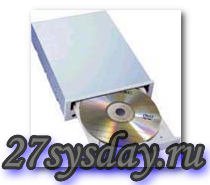
DVD drives designed for DVD (Digital Video Disk) discs. DVDs differ from CDs only in the amount of information. You can record from 4.7 to 13, in some up to 17 Gb, on a DVD.
The personal computer connects to other additional devices (mouse, scanner, printer, etc.) through special connectors located on the rear panel (ports).
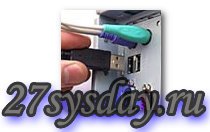
Ports are serial (COM), parallel (LPT), and universal serial (USB). Information is transferred via the serial port bit by bit over a small number of wires (slower). A mouse and a modem are connected to the serial port. A parallel port transmits information simultaneously over a large number of wires. A printer is connected to the parallel port and external hard disk. A USB port is used to connect various computer peripheral devices (from a mouse to a printer).
Computer devices such as processor, RAM are located on motherboard.
The motherboard is connected to the computer case. The rest of the components are inserted into it, with the exception of disk drives and the power supply.
When choosing a motherboard, pay attention to the following parameters:
- Form factor. Important characteristic, which determines the dimensions of the motherboard and also determines the type of case where the motherboard can be installed.
- Manufacturing company.
- Socket. The socket directly determines which processors the motherboard is compatible with.
- Chipset brand.
- Maximum frequency for the memory bus.
- Number of expansion slots.
- Number of memory slots.
- Availability of additional devices.
- Connectors for video adapter.
(processor) - is the central unit of the PC, which controls the operation of all systems of the machine and for performing all arithmetic and logical operations with information.
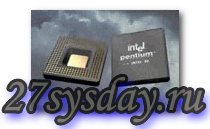
Its main characteristics are the bit capacity, clock frequency (determines the speed of the PC) and the number of cores. By clock frequency you can find out how many elementary operations (cycles) the processor performs in one second.
Memory Computers are distinguished between internal and external. Devices external memory are FDD, HDD, CD-ROM, DVD-ROM. Internal memory are read only memory (ROM), random access memory (RAM), cache.
In ROM Permanent program and reference information is stored (BIOS - basic input/output system).
It has high performance and is used for short-term storage of information only while the computer is running. RAM can be different types and differ in speed and capacity (DDR II, DDR III, etc.). Each type of RAM module has its own connector.

For normal computer operation in our time, it is desirable to have at least 2 GB of RAM. If the processor does not have enough RAM, then it will use part of it to expand it. hard drive(swap file).
Cache memory is an ultra-high-speed intermediate memory.
INCMOS-memory All computer configuration parameters are stored and checked every time the system is turned on. To change configuration parameters, you need to go to the BIOS, where the configuration program - SETUP - is stored there.
Designed for playing music. Often, a sound card is built into the motherboard in the form of a special chip. But for high-quality sound it is advisable to purchase a separate sound card desired sound quality.
A video card (graphics adapter, GPU) is the part of the computer responsible for the speed of processing video information. All modern video cards are connected to the motherboard using a PCI-Express connector. Some motherboards use multiple PCI-Express slots, which makes it possible to use multiple video cards simultaneously to improve the graphics subsystem. Many motherboards come with an integrated (built-in) graphics adapter. Its capabilities are sufficient for office work, but for games and graphics work a more powerful system is required. The most popular video cards are ATI Radeon and Nvidia.
A few simple tips for choosing a video card
- Bus type (AGP or PCI-Express).
- Version of DirectX supported by the video card. This parameter is important for the normal operation of the central processor in some programs.
- Video memory size (128, 256, 512, 1024 MB) and existing bus width (64, 128, 256 bits or more). These are the main indicators that affect the performance of a video card. It is better to choose a video card with a large amount of memory.
- Manufacturing company: GigaByte, Sapphire, Soltek, ASUS and others. It is not advisable to choose a video card from a little-known manufacturer.
The motherboard has a built-in network card, a peripheral device that allows the computer to connect to other network devices via a router (modem, etc.). It can also be external. There are PCMCIA and USB network cards. The first is used only for laptops. Network cards are characterized by Ethernet speed. The standard speed of a regular network card is 10/100 MB/Sec. There are network cards with speeds of 1Gb/sec.
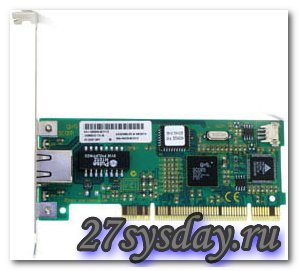
The most essential peripheral device is the keyboard.
It consists of 6 groups of keys: control keys (Backspace, Enter, Alt, Ctrl, Tab, Shift, Esc, Num Lock, Caps Lock, Pause, Scroll Lock, Print Screen); alphanumeric; functional (F1-F12); digital; cursor controls; function indicator lights (Num Lock, Scroll Lock, Caps Lock).
- The mouse (optical, mechanical) is used for control. Most programs use two of the three keys. The left key controls the computer. It is comparable to the Enter key. The functions of the right key are determined by a specific program. There is a scroll wheel in the middle.
- The modem is network adapter. There are external and internal structures.
- The scanner is used to read information from paper media (texts and images).
- A microphone is needed to input sound into the computer.
- A monitor (display) is used to display information on the screen. It is characterized by resolution (the number of dots that are placed horizontally and vertically on the monitor screen). Monitor screen sizes vary from 15 to 22 inches. Nowadays liquid crystal displays (LCD) are mainly used.
- The printer is intended for printing text or graphic images. There are matrix, laser and inkjet printers. The image in dot-matrix printers is formed using a dot-impact method. In inkjet printers, thin tubes called nozzles are located in the print head and through them tiny droplets of ink fall onto the paper. Laser printers use the electrographic method of image formation.
- Speakers are used to output sound from a computer. In them, an important role is played by the bass reflex (hole located on the front panel) and the reproducible frequency band.
- USB flash memory drives used to transfer information.
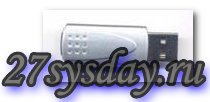
The capacity of these devices varies from 256 MB to 32 GB. Connect USB drive to any modern computer via USB connector.
- The webcam is used to input dynamic images and sound (communications, creating teleconferences).
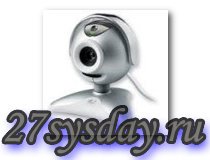
- Source uninterruptible power supply necessary in case of emergency power outage. Important indicators for choosing a UPS device design are the load switching time and battery operating time.
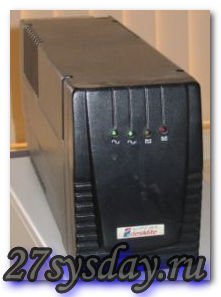
These are the basic devices necessary for the computer to operate. There are many more additional devices.
The system unit consists of
